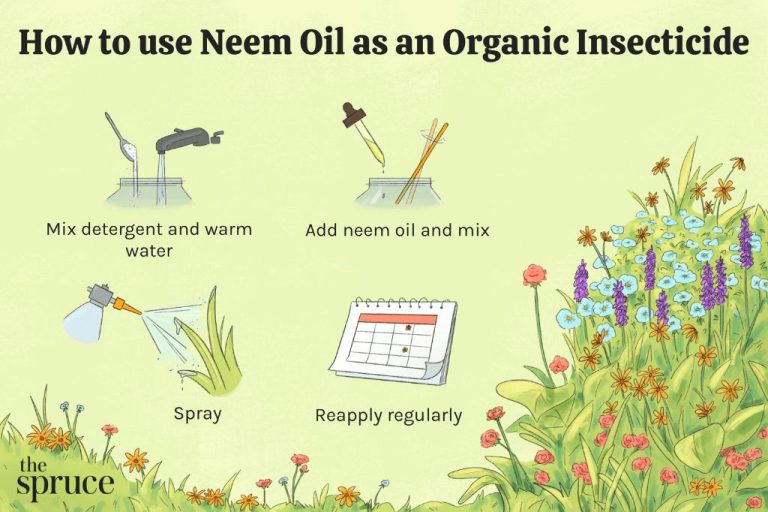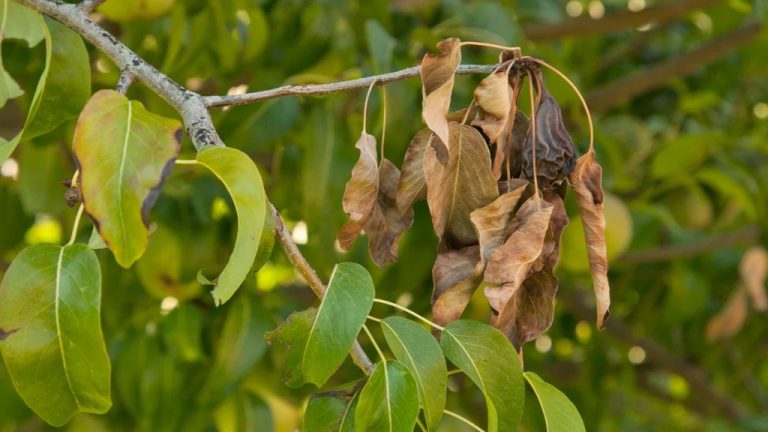Preventing And Managing Fungal Diseases In Your Plants
Fungal diseases are a major issue for plants and can significantly reduce growth and yields. It’s estimated that fungal diseases cause up to 20% losses in global crop production annually (https://www.ncbi.nlm.nih.gov/pmc/articles/PMC6379264/). Fungi can infect plants through the roots, leaves, stems, flowers and fruits. Common symptoms include wilting, mold growth, rotting, discolored spots or blotches, rusts and blights.
Fungal infections are harmful because they negatively impact photosynthesis, nutrient uptake, and other essential plant processes. Severe infections can stunt growth, deform plant parts, reduce quality and yields of fruits/grains, and eventually kill the plant if left uncontrolled. Proper prevention and management of fungal diseases is crucial to maintain plant health.
Common Fungal Diseases
Some of the most common fungal diseases that affect plants include powdery mildew, rust, botrytis blight, black spot, and anthracnose. Powdery mildew is one of the most widespread diseases, and it appears as a white or gray powdery coating on the leaves, stems, and buds of plants (Jain, 2019). Rust causes reddish or yellowish spots on leaves, sometimes with a raised texture. Botrytis blight, also known as gray mold, causes lesions on flowers, fruits, and stems. Black spot disease creates dark, circular spots with fringed edges on leaves. Anthracnose leads to spots, blotches, wilting, and dieback of twigs and foliage.
These fungal diseases thrive in warm, humid conditions. Overcrowding plants and poor air circulation also increase susceptibility. Fungal spores can overwinter in plant debris and soil, spreading the diseases from season to season (GardenTech). Proper identification, prevention, and treatment are key to managing these common fungal problems.
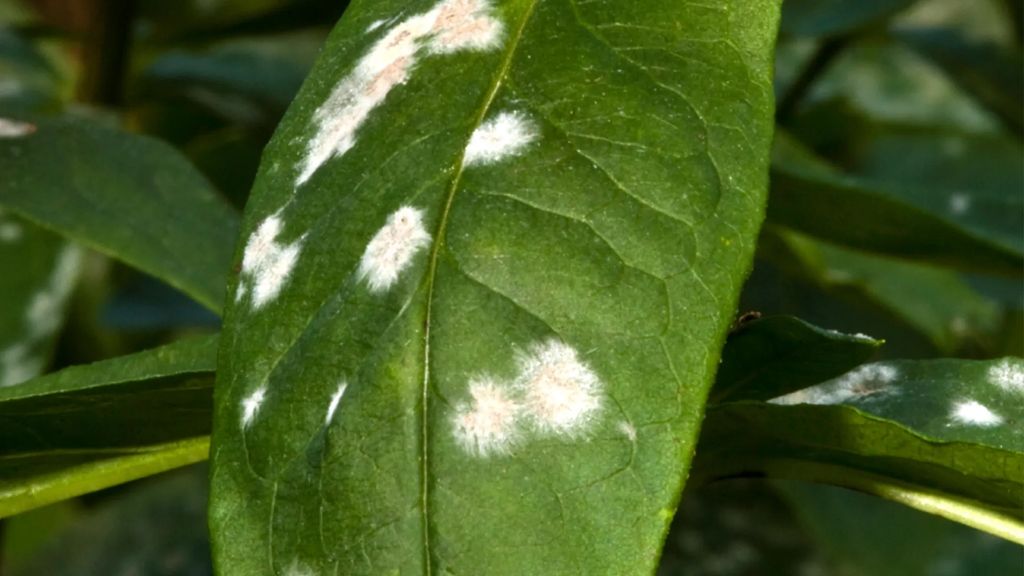
How Fungal Diseases Spread
Fungal diseases can spread between plants in various ways, but the most common methods involve dispersal of spores, infected soil, and tools. Fungal spores act like seeds, floating through the air or splashing water until they land on a suitable host plant (Jain, 2019). Wind and rain can blow or splash spores from an infected plant onto healthy plants nearby. Insects and animals can also inadvertently carry spores on their bodies as they move between plants.
Soil-borne fungal pathogens like verticillium wilt can persist in the soil for years, infecting the roots of any susceptible plant grown in the same location. Using contaminated tools, hands, or equipment is another way fungal diseases quickly spread in a garden. Even healthy-looking plants can harbor infections without symptoms, then infect other plants via these methods.
Some key ways fungal pathogens spread include wind dispersal of spores, water splashing spores to new hosts, infected soil, and contaminated tools or hands touching multiple plants. Careful observation, prevention, and sanitation are essential to stop the spread of fungal diseases between plants (Source: https://extension.illinois.edu/blogs/garden-scoop/2020-07-11-plant-pathogen-spread).
Preventing Fungal Diseases
There are several effective ways to prevent fungal diseases from taking hold in your plants:
Proper watering and drainage – Avoid overhead watering and allow the soil to dry out between waterings. Improve drainage by adding organic material like compost to the soil. Allow good air circulation around plants.
Avoid overcrowding – Space plants properly to allow air to circulate between them. Dense foliage keeps the humidity high which encourages fungal growth.
Clean tools and surfaces – Disinfect pruning tools and greenhouse surfaces with a diluted bleach solution to kill fungal spores.
Remove infected material – Pick off and destroy infected leaves/stems to prevent the disease spreading. Avoid composting diseased plants.
Use preventative fungicides – Apply copper-based fungicides before disease appears as a protective barrier. Read labels carefully and follow instructions.
Plant resistant varieties – Choose disease-resistant plant varieties suitable for your growing conditions and zone.
Rotate crops – Don’t plant the same types of plants in the same area year after year to disrupt disease cycles.
Early Detection
Detecting fungal diseases early is critical to prevent them from spreading and severely damaging plants. There are some key signs to look for:
- Spots on leaves, stems, flowers, or fruit – These may start small and increase in size. They may be various colors like black, brown, yellow, or white (https://www.canr.msu.edu/news/signs_and_symptoms_of_plant_disease_is_it_fungal_viral_or_bacterial).
- Wilting or drooping leaves and stems – Even if the plant seems well watered, fungal diseases can block water transport leading to wilting (https://www.ncbi.nlm.nih.gov/pmc/articles/PMC6779379/).
- Discoloration – Leaves and stems may turn yellow, brown or black. Discoloration may start at the edges and move inward.
Carefully inspect plants, especially the undersides of leaves which are prone to fungal diseases. Check for abnormalities and changes in color or texture. Early intervention can stop fungal diseases before major damage occurs.
Treating with Fungicides
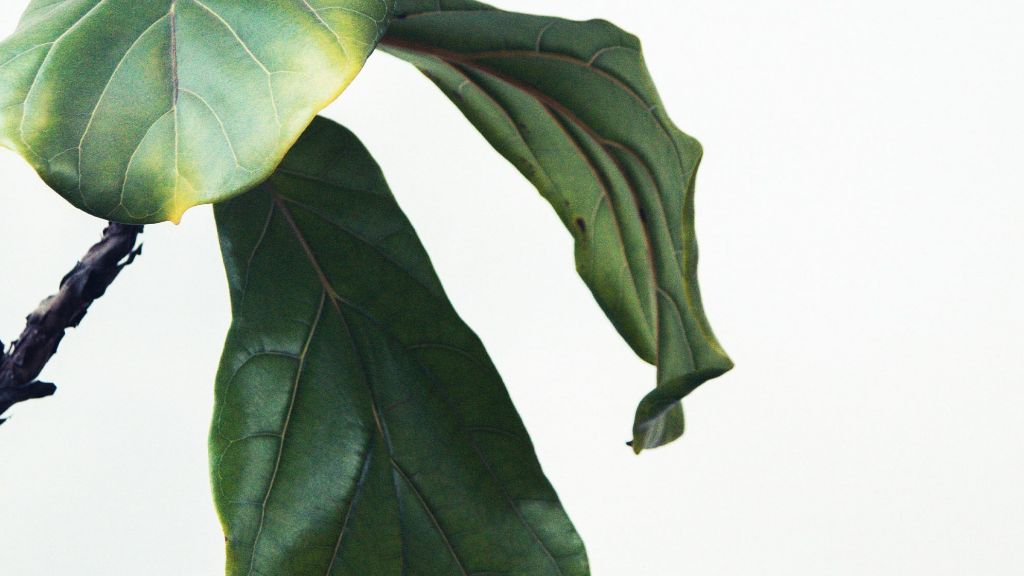
Fungicides are chemical pesticides that specifically target fungi and fungal diseases in plants. They work by interfering with the growth and reproduction of fungal spores and mycelium (Fungicides – National Pesticide Information Center, http://npic.orst.edu/ingred/ptype/fungicide.html). The most common types of fungicides used in gardens and on food crops include:
- Sulfur – an older fungicide that works against a broad range of fungal diseases.
- Copper – protects against common diseases like early blight, downy mildew, and leaf spots.
- Neem oil – derived from the neem tree, effective for powdery mildew and rust.
- Chlorothalonil – controls fungal diseases like anthracnose, rust, leaf spot, blights, and mildews.
- Mancozeb – protects against late blight, rust, leaf spot, scab, and mildews.
Fungicides are applied as sprays, dusts, or soil drenches depending on the product. It’s important to cover all surfaces of plant leaves and stems thoroughly. Reapplication every 7-14 days is often needed for adequate protection (Fungicides and How to Use Them Effectively, https://hortnews.extension.iastate.edu/2018/07/fungicides-and-how-use-them-effectively). Always follow label directions for mixing, applying, and safety precautions.
Organic and Natural Treatments
There are several organic and natural treatment options that can help prevent and manage fungal diseases in plants. Some popular choices include:
Baking Soda – Making a solution of 1 tablespoon of baking soda per 1 quart of water and spraying onto plant leaves can help prevent powdery mildew and other fungal diseases. Baking soda raises the alkalinity on leaf surfaces to deter fungal spore germination. According to research by Abdul-Baki et al., baking soda applications significantly reduced powdery mildew in squash and pumpkin plants (Abdul-Baki, AA and John, R. Sci Hortic. 2002).
Milk – Milk contains enzymes that can inhibit fungal growth. A solution of 1 part milk to 9 parts water can be sprayed onto plant leaves affected by powdery mildew. Be sure to use full fat milk for best results. Studies have shown milk to be effective at controlling various fungal leaf spot diseases (Olanya et al., Plant Dis. 2009).
Garlic Spray – Blending several garlic cloves with some vegetable oil and water makes an antifungal spray. Let the mixture steep for a day before straining and diluting to spray onto plant leaves. According to research by Curtis et al., garlic extract applications successfully reduced rose black spot infections (Curtis et al., Plant Pathol. 2004).
Improving Air Circulation
Proper air circulation is one of the most effective ways to prevent and manage fungal diseases in plants. Allowing adequate space between plants improves airflow and keeps leaves dry. According to the University of Georgia Extension, “The improved air circulation will dry the foliage more quickly and reduce disease severity.”
Here are some tips for improving air circulation around your plants:
- Prune plants regularly to open up the plant canopy and avoid overcrowding. Remove any dead or dying branches and foliage which can harbor fungal spores.
- Follow spacing recommendations when planting. Do not plant too closely together. Refer to seed packets or plant tags for proper spacing.
- Use small fans to keep air gently circulating around your plants. Fans work well in greenhouses, indoor grow areas, and anywhere air stagnates. Just be careful not to point fans directly at plant leaves which can damage them.
By taking these simple steps to improve airflow, you can create an environment less favorable for fungal diseases to take hold and spread.

Sources:
Sanitizing to Prevent Spread
One of the most effective ways to prevent fungal diseases from spreading is to sanitize any pots, tools, and equipment that come in contact with infected plants. Many fungal spores and pathogens can survive on surfaces for extended periods of time. Sterilizing your gardening supplies helps eliminate these disease organisms so they cannot spread to healthy plants.
There are a few methods you can use to sanitize your pots and tools:
- Use a diluted bleach solution – Mix 1 part bleach to 9 parts water and soak pots, trays, pruners, trowels, etc. for 10-20 minutes. Rinse thoroughly afterwards.
- Rubbing alcohol – Wipe down tools and surfaces with 70% isopropyl alcohol to kill fungi.
- Hydrogen peroxide – Submerge supplies in a 3% hydrogen peroxide solution for 15-20 minutes. Be sure to rinse well.
- Boiling water – For smaller tools, you can dip into boiling water for a couple of minutes to sterilize.
Be sure to sanitize all equipment after working with an infected plant. Also sterilize pots before starting new seedlings or transplants. Consistently sanitizing your gardening gear helps stop diseases in their tracks and creates an inhospitable environment for fungal pathogens.
When to Remove Diseased Plants
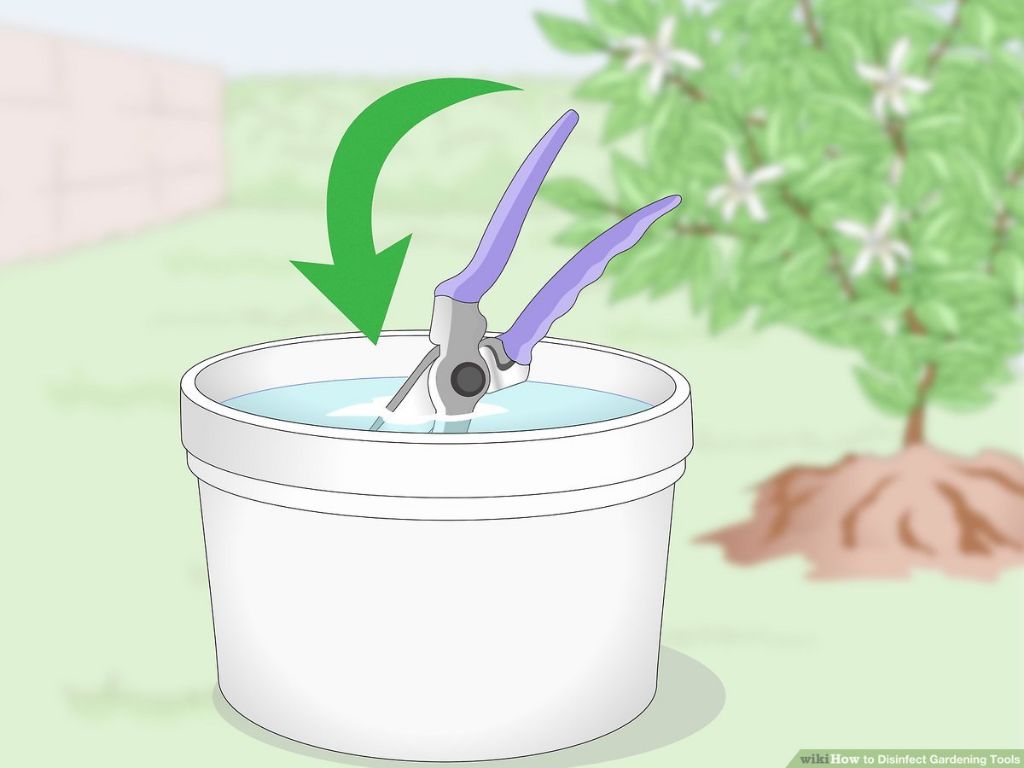
Heavily infected plants that are beyond treatment should be removed and discarded to prevent the disease from spreading to healthy plants. It can be difficult, but removing diseased plants is an important part of disease management. According to this source, any plant with more than 50% of its leaves/stems affected should be removed immediately. Removing and destroying infected plants protects other plants by eliminating sources of fungal spores.
For vegetables and annuals, it is best to remove the whole infected plant, roots and all, and place it in a sealed plastic bag for disposal. For ornamental shrubs, trees or perennials, prune out the infected parts, bag them and dispose of them. Sterilize your pruning shears with bleach after each cut to avoid spreading spores. Focus on removing the most infected, damaged tissues first, then monitor the plant carefully for any reemergence of symptoms.
It can be disheartening to lose plants, but removing the most diseased specimens is crucial to protect the health of the rest of your garden. Being vigilant and removing plants at the first major signs of infection will give you the best chance of saving the remaining vegetation.




